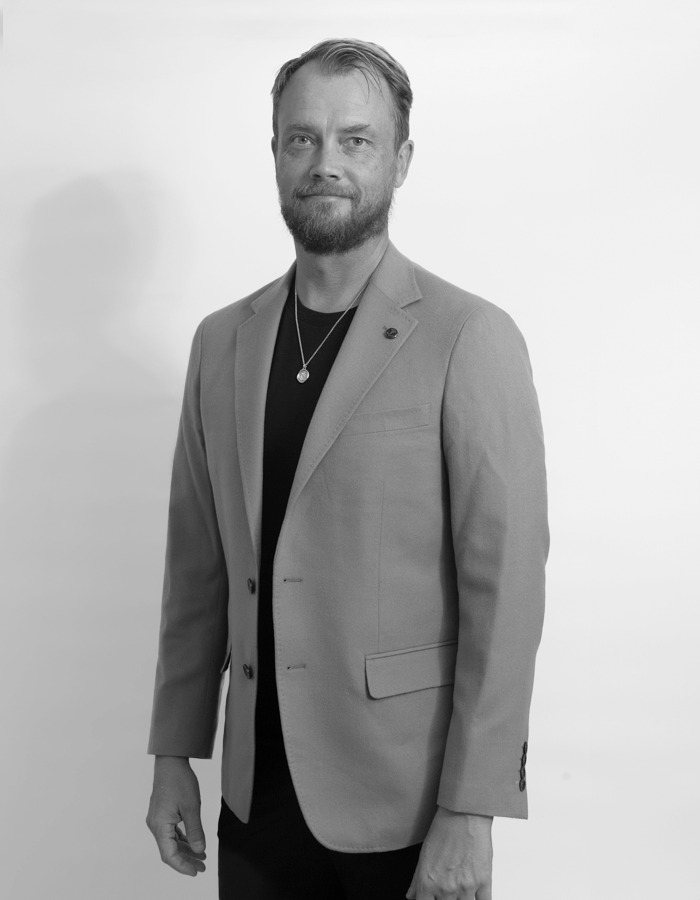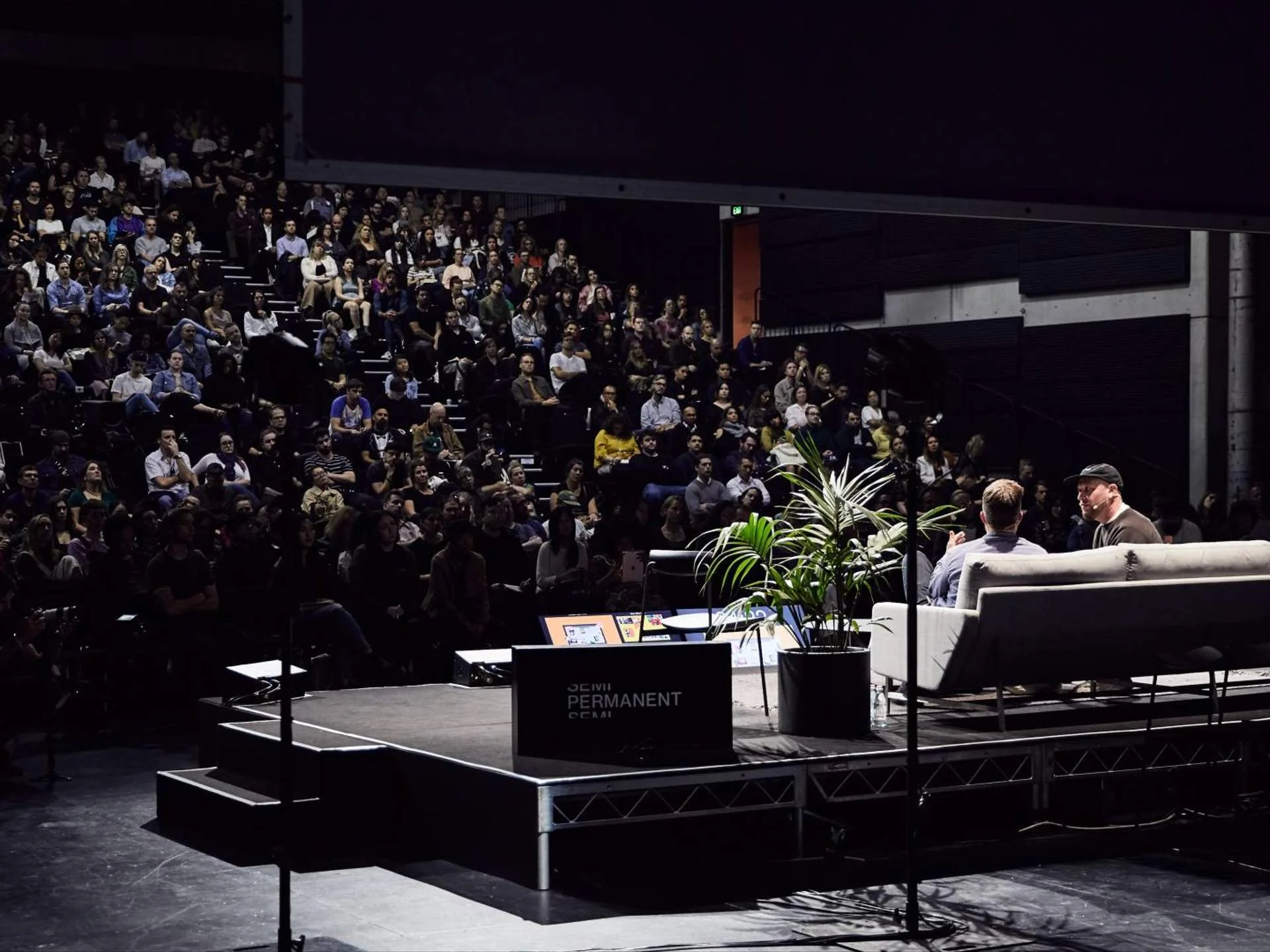I’m currently Executive Creative Director of Semi Permanent Japan but living in Sydney, Australia. Here I am working on connecting brands and artists with fans across not just Japan but across APAC.
I’m also an extremely hands-on creative who works across print, film, animation and 3D myself and have created award-winning books, brand campaigns, films, and title sequences for feature films.
Please reach out of you are an artists who do great works and wants exposure or if you are a brand that wants to collaborate.
contactATTkaremartens.com
+61 0423 589 167



